A Case Study in Developing Talent
During the 1950’s the Nebraska School Study Council supported a state-wide research report project to identify the relative value of different methods of teaching “rapid reading” (the techniques were: tachistoscope, film and determined effort). About 6,000 tenth graders participated, the results showed no statistical significance differences between the methods. The differences however were between teachers (Glock 1955). While analysing the data, researchers were puzzled by the observation that the students who read the fastest at the study’s outset made the greatest gains during the study – from approximately 300 to 2900 words per minute. The student who read slower at the outset also made gains, but small in comparison.
This data stirred the hypothesising. Could it be that the greatest gains in human development are based on investment in what people do best naturally – in their area of talent?
It may be necessary to correct behaviour that has counter-productive outcomes. The Strengths based approach does not ignore weakness – but rather achieves optimisation where talents are focused and built upon and weaknesses are understood and managed. It is the practice of taking behaviour or a process from +10 to +40 rather than working from ‐10 to ‐4 with about the same amount of effort. Weakness may diminish with training but efficiency is less when one focuses on talents.
Source: Clifton D.O., & Harter J.K. (2003). Investing in Strengths In A.K.S. Cameron, B.J.E. Dutton & C.R.E. Quinn (Eds.), Positive Organizational Scholarship (pp. 111-‐121). San Francisco: Berrett-‐ Koehler Publishers, Inc.


